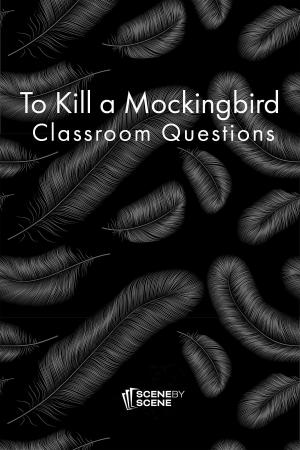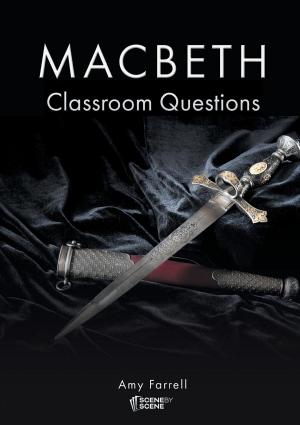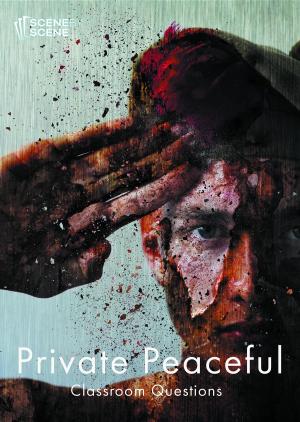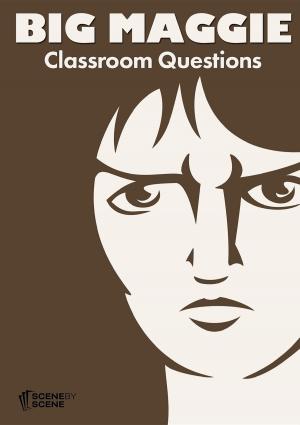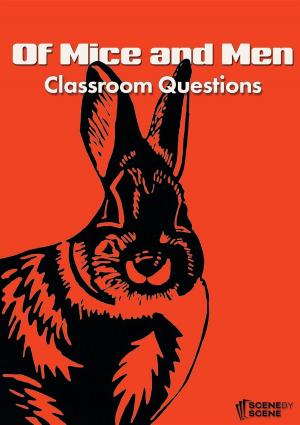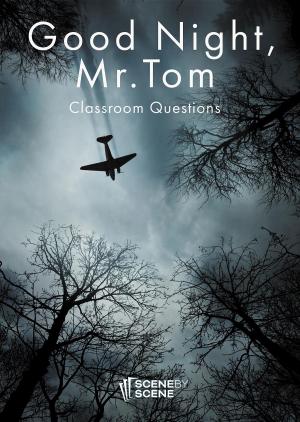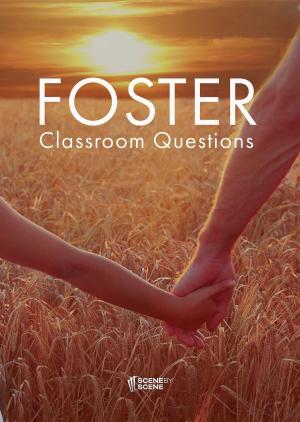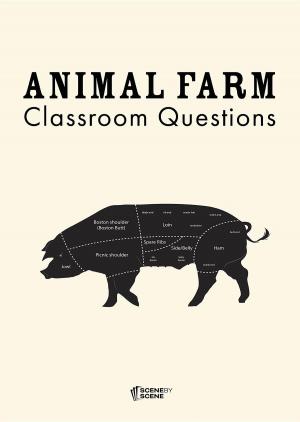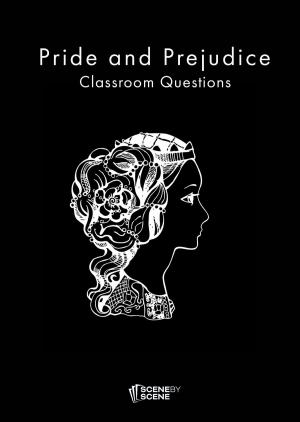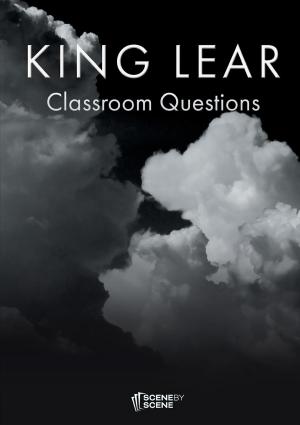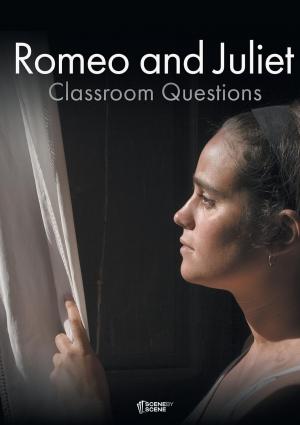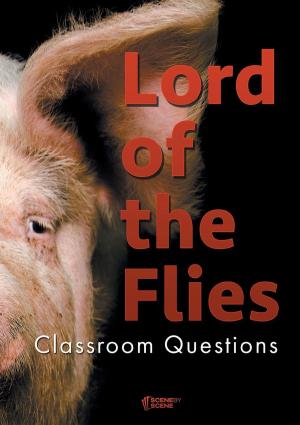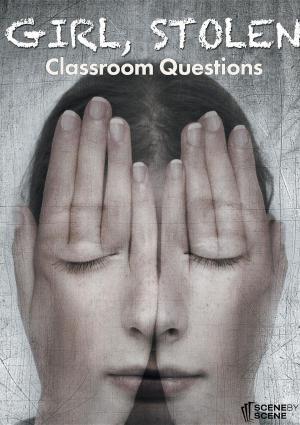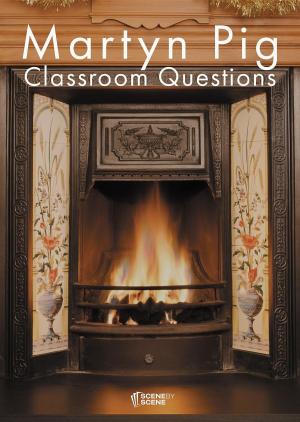A Doll's House Classroom Questions
Nonfiction, Reference & Language, Education & Teaching, Teaching, Teaching Methods| Author: | Amy Farrell | ISBN: | 9781910949146 |
| Publisher: | Scene by Scene | Publication: | September 1, 2015 |
| Imprint: | Scene by Scene | Language: | English |
| Author: | Amy Farrell |
| ISBN: | 9781910949146 |
| Publisher: | Scene by Scene |
| Publication: | September 1, 2015 |
| Imprint: | Scene by Scene |
| Language: | English |
A Doll’s House Classroom Questions contains 60 questions and 24 teacher pointers, divided by Act, to keep students engaged and actively thinking about the play.
Why choose to study A Doll’s House by Henrik Ibsen?
- Themes of marriage, friendship, equality and identity.
- Modern setting.
- Engaging characters – Nora and Torvald Helmer.
- Interesting storyline.
- Examination of the role of women in society and the limits and expectations placed on them.
Scene by Scene guides are teaching resources. They are short books of questions, designed to save teachers time and lead to rewarding classroom experiences. Each guide is broken down by scene or chapter, to match and complement the text it accompanies. This means that the teacher is provided with a clear list of questions, at every stage of teaching the text. These questions can be used in class, or as homework, and so provide underlying structure to lesson planning.
Classroom Questions teaching guides contain both closed, comprehension testing questions, and open, higher order questions, exploring student response, opinion and analysis. Closed questions can be used to check understanding and make sure students are on-task, while open questions promote thinking and reflection. In this way, Scene by Scene Classroom Questions keep students engaged with and focused on the text, and involved in classroom discussion.
A Doll’s House Classroom Questions contains 60 questions and 24 teacher pointers, divided by Act, to keep students engaged and actively thinking about the play.
Why choose to study A Doll’s House by Henrik Ibsen?
- Themes of marriage, friendship, equality and identity.
- Modern setting.
- Engaging characters – Nora and Torvald Helmer.
- Interesting storyline.
- Examination of the role of women in society and the limits and expectations placed on them.
Scene by Scene guides are teaching resources. They are short books of questions, designed to save teachers time and lead to rewarding classroom experiences. Each guide is broken down by scene or chapter, to match and complement the text it accompanies. This means that the teacher is provided with a clear list of questions, at every stage of teaching the text. These questions can be used in class, or as homework, and so provide underlying structure to lesson planning.
Classroom Questions teaching guides contain both closed, comprehension testing questions, and open, higher order questions, exploring student response, opinion and analysis. Closed questions can be used to check understanding and make sure students are on-task, while open questions promote thinking and reflection. In this way, Scene by Scene Classroom Questions keep students engaged with and focused on the text, and involved in classroom discussion.

